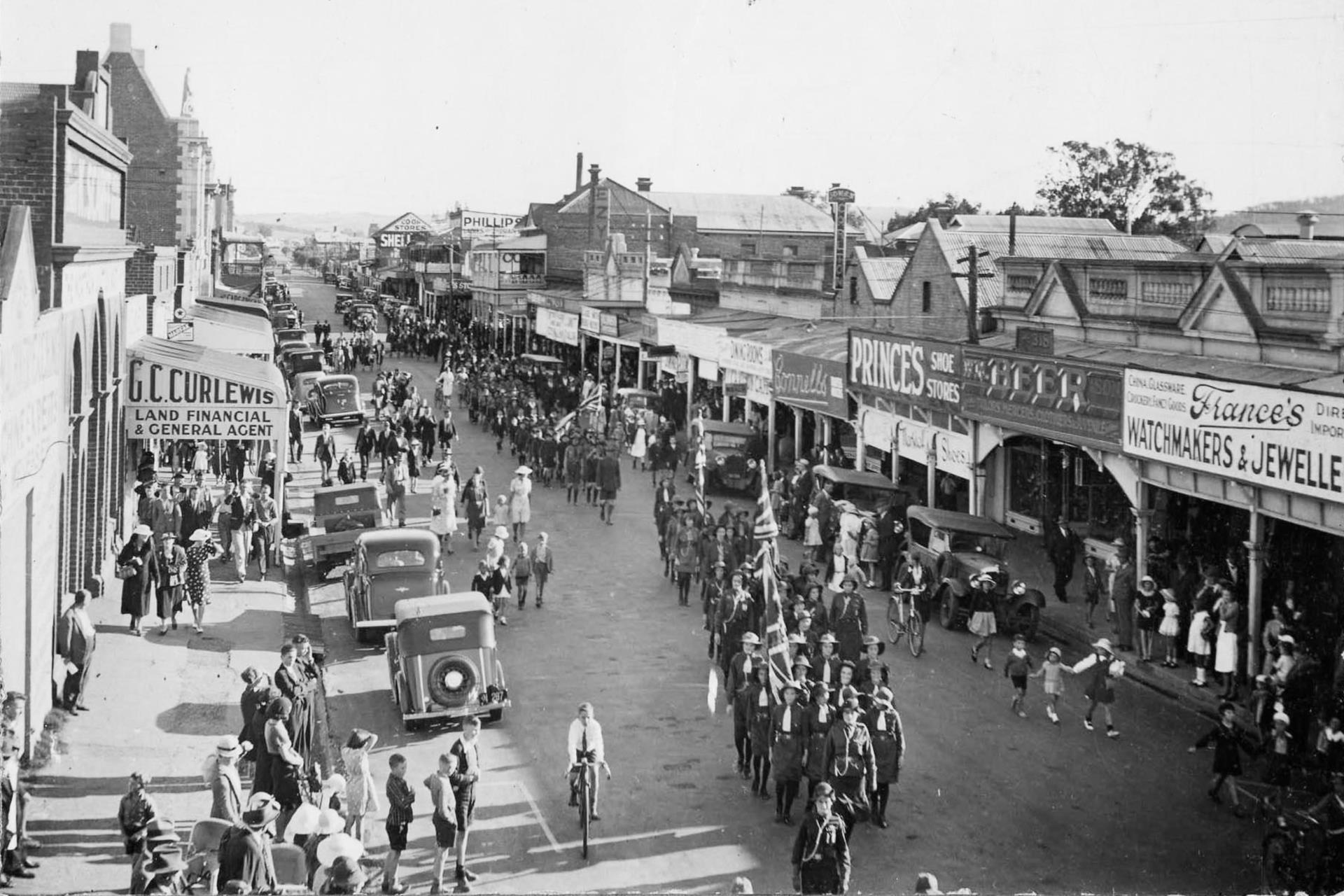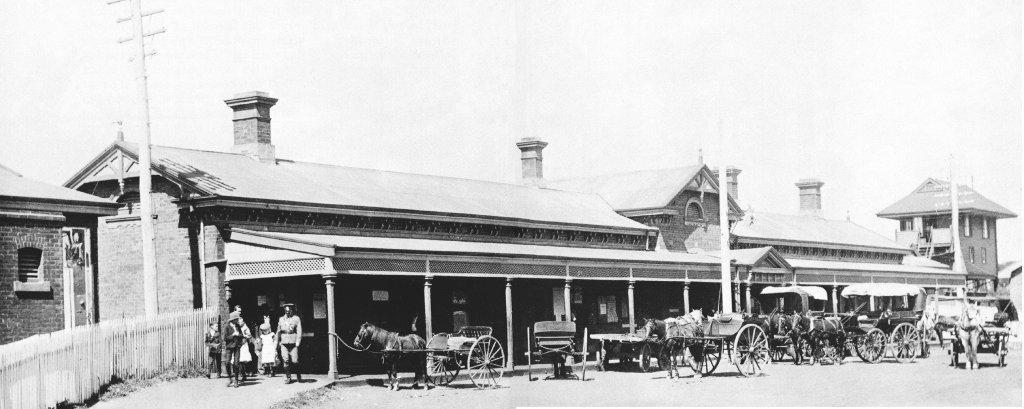
History of Northam
Northam’s heritage is a rich tapestry of culture, migrants, military activity, and politics.
Northam was founded in 1833, and officially Gazetted in 1836. Northam’s founder, John Morrell, received his land grant for 4600 acres, after which he started building Morby Cottage on Katrine Drive. For those interested in foundation history, Morby Cottage is open to the public every Sunday between 11am and 3pm.
The town was named by Governor Stirling, presumably after one of the same name in Devon, England. To commemorate the ties between Governor Stirling and Northam, you will now find Stirling Street (named in his honour) on your travels around town. Northam has also produced five of Western Australia’s Premiers, and boasts a number of other political past residents throughout its history to date.
During the first and second World Wars, Northam played a pivotal role in the war effort; if you explore our Shire, you will find evidence of aviation storage tanks (one of 31 depots built across Australia to store 93,400,000 litres of aviation fuel, and one of only 3 in WA), Spring Hill; a former Commonwealth Ammunition Depot (storing all types of ammunition including torpedoes for use by the Australian, American, and Dutch Navies based at Fremantle), as well as many other supply and replenishment depots for a variety of resources. The Shire of Northam also housed Anzac Farm (used as a rehabilitation farm for returning WW1 soldiers suffering from tuberculosis), and the Australian Army 118th Australian General Hospital; a rehabilitation hospital caring for both Australian and American servicemen. Today, Northam’s Army Camp is still used by the Australian Army for training purposes.
Following the conclusion of the second World War, Northam became home to many post-war immigrants and displaced people (restricted at this time to British and European migrants only). This, along with the subsequent immigration drive (by the Australian Government) to increase the population and number of labourers raised the immigrant population of Northam significantly, which was further raised with the welcoming of many refugees and migrants from Vietnam, China, and India among other countries following the Vietnam War. Many current and past residents of Northam share their memories of arriving and living in Northam’s immigration camps. For more information on Northam’s migrant history, you can visit the Northam Visitor Centre to view the “Sense of Place” exhibit, or the Northam Heritage Centre (Northam’s original Train Station) for a number of historical displays.
Architecturally, Northam is home to a significant number of heritage-listed buildings. To see these beautiful buildings in detail and learn about the important people who lived and worked there, you can contact the Northam Visitor Centre for information on guided and self-guided tours.
Northam is situated in the Ballardong region and has a well-established Noongar population. Our cultural heritage is protected, celebrated, and shared in the state-of-the-art Bilya Koort Boodja: Centre for Nyoongar Culture and Environmental Knowledge, which offers an interactive educational experience that recognises the rich Aboriginal and environmental presence in the Nyoongar Ballardong region.
Visit our heritage attractions page to find out more.
